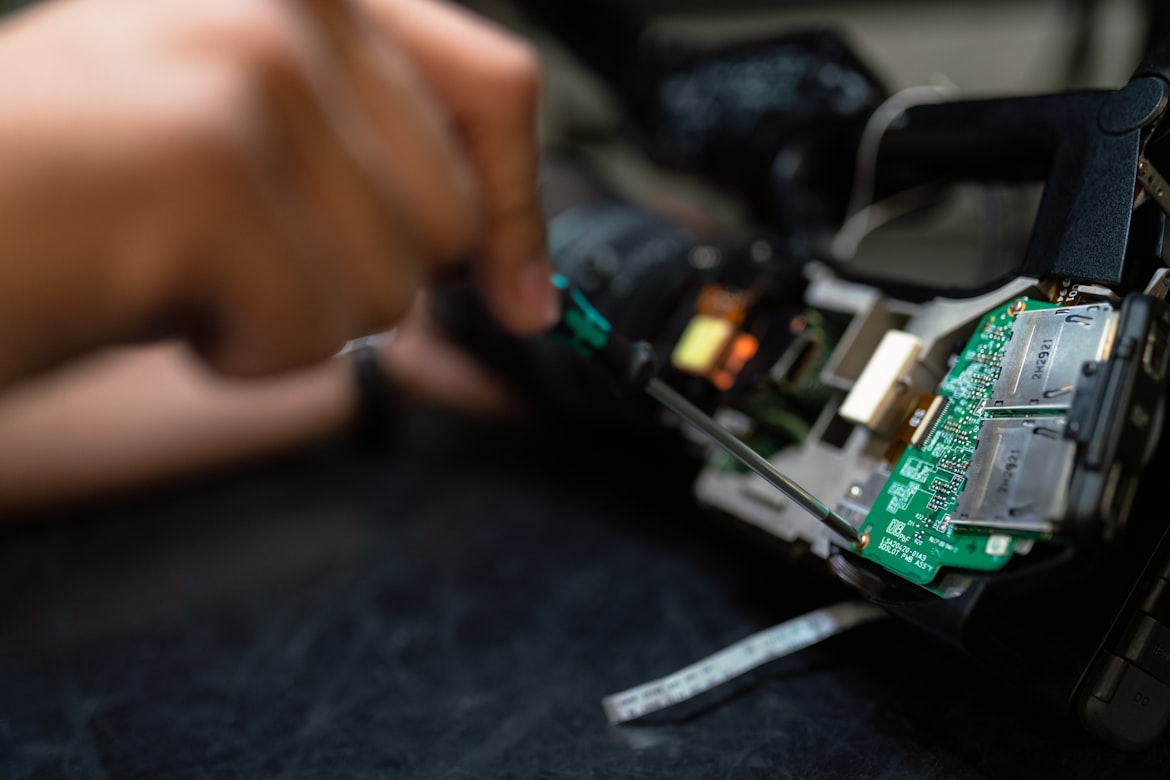The Invisible Scars
How Genomic Bruises Reveal Cancer's Weakness
HRD testing isn't just about genes—it's about reading the chaotic aftermath of a cellular battle.
Article Navigation
Introduction
Every cell faces thousands of DNA breaks daily. Most are repaired flawlessly, but cancers harbor a critical flaw: homologous recombination deficiency (HRD), where cells lose the ability to fix double-strand breaks. This leaves behind unique "genomic scars"—permanent marks of DNA repair gone awry. Detecting these scars predicts whether tumors will respond to life-saving PARP inhibitors or platinum therapy. But how do scientists measure such damage? Abstract 240 (AACR 2023) unveiled a breakthrough: a unified method to quantify HRD scars across three technologies—SNP arrays, next-gen sequencing (NGS), and optical genome mapping (OGM) 1 . This is the story of seeing the invisible.
The Genomic Scars of HRD
When homologous repair fails, cells resort to error-prone backup systems. This genomic chaos leaves three signature scars:
The Experiment: Validating a Universal HRD Tool
Abstract 240's core innovation was the scarHRD R package, designed to calculate HRD scores from NGS data and match SNP array accuracy. Here's how it succeeded 2 :
Methodology
- Cohort: 139 triple-negative breast cancer patients (TCGA dataset).
- Tech Comparison:
- SNP arrays (Affymetrix 6.0): Gold standard for LOH, TAI, LST.
- NGS (Whole exome/WXS): Analyzed via scarHRD using Sequenza for copy-number segmentation.
- Cutoffs: LOH (>15 Mb), LST (breaks >10 Mb spaced <3 Mb apart), TAI (subtelomeric imbalances).
- Correlation Test: Pearson correlation between SNP- and NGS-derived HRD scores.
Results & Analysis
Table 1: Correlation of Scar Signatures Between SNP Arrays and NGS
| Signature | Pearson (r) | R² | p-value |
|---|---|---|---|
| LOH | 0.73 | 0.53 | <2.2e-16 |
| TAI | 0.84 | 0.70 | <2.2e-16 |
| LST | 0.79 | 0.62 | <2.2e-16 |
| HRD-sum | 0.87 | 0.75 | <2.2e-16 |
The near-perfect correlation (r=0.87) proved NGS could replace SNP arrays for HRD scoring. Critically, HRD-sum distinguished BRCA-mutated from wild-type tumors with 80.8% accuracy (AUC=0.81) 2 .
[Chart: Correlation between SNP and NGS HRD scores]
Pan-Cancer Insights: HRD's Hidden Landscape
Abstract 240's framework enabled a massive pan-cancer HRD analysis. A 2025 study of 9,262 Asian patients revealed striking patterns 3 7 :
Table 2: HRD Prevalence Across Cancers
| Cancer Type | HRD-Positive (%) | Top Altered HR Genes |
|---|---|---|
| Ovarian (OV) | 69% | BRCA1, RAD51D, PPP2R2A |
| Lung Squamous (LUSC) | 51% | BRCA1, RAD54L, BARD1 |
| Stomach (STAD) | 32% | BRCA2, MRE11 |
| Breast (BRCA) | 26% | BRCA1, PALB2 |
| Prostate (PRAD) | 8% | BRCA2, ATM |
Key Findings
[Chart: HRD prevalence across cancer types]
Optical Genome Mapping: The Game Changer
SNP arrays and NGS infer scars indirectly. Optical Genome Mapping (OGM) directly visualizes structural variants in ultra-long DNA molecules 4 9 :
How OGM Works
- Extract: Isolate intact DNA molecules >150 kb.
- Label: Attach fluorescent dyes to specific motifs (e.g., CTTAAG).
- Linearize: Feed DNA into nanochannels, stretching them for imaging.
- Analyze: Software detects label shifts, revealing SVs at 500-bp resolution.

Table 3: HRD Detection Technologies Compared
| Method | Resolution | Key Strength | Limitation |
|---|---|---|---|
| SNP Array | >5 Mb | Low cost, established | Misses small SVs |
| NGS Panels | 1-10 kb | Integrates mutation + scar data | Struggles with repeats |
| OGM | 500 bp | Captures balanced SVs & repeats | Requires fresh/frozen tissue |
The Scientist's Toolkit
Key reagents and software driving HRD scar analysis 2 8 9 :
| Tool | Function | Example/Use Case |
|---|---|---|
| scarHRD R Package | Calculates LOH, TAI, LST from NGS data | Validated on TCGA breast tumors |
| NxClinical Software | Automates scar scoring from SNP/NGS data | Used in FOCR HRD Harmonization Project |
| Bionano Saphyr | OGM platform imaging structural variants | Detects chromothripsis in AML |
| Ultra-HMW DNA Kits | Isolate long DNA fragments (>150 kb) for OGM | Critical for preserving molecule integrity |
scarHRD R Package
Open-source tool for comprehensive HRD analysis from NGS data.
OGM Workflow
Visual representation of optical genome mapping process.
Conclusion: The Future of Precision Oncology
Abstract 240's framework marks a turning point. By unifying SNP, NGS, and OGM, it offers a multi-platform solution to quantify HRD—vital for expanding PARP inhibitor use beyond BRCA-mutant cancers. Yet challenges persist: genomic scars reflect past HRD, and repair pathways can reawaken, causing resistance 5 .
Future Directions
- Combining scar scores with functional assays (e.g., RAD51 foci tests)
- Real-time HRD snapshots for dynamic monitoring
- Improved algorithms for scar pattern recognition
- Expansion of OGM applications in clinical settings
"In the scars of our genome lies the history of a battle—and the blueprint for victory."
The next frontier? Combining scar scores with functional assays (e.g., RAD51 foci tests) for real-time HRD snapshots. As OGM scales and algorithms improve, we may finally decode the full language of genomic scars, turning cancer's hidden weaknesses into cures.